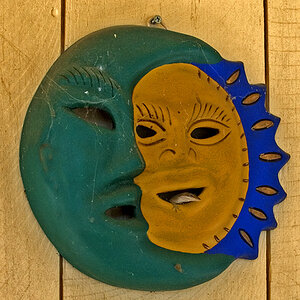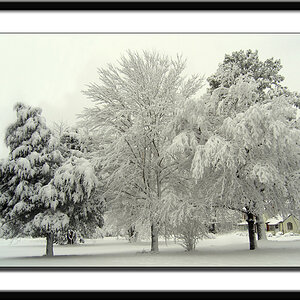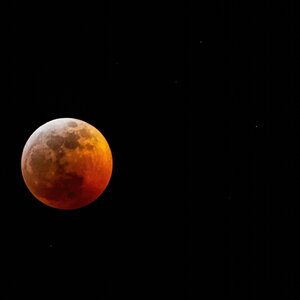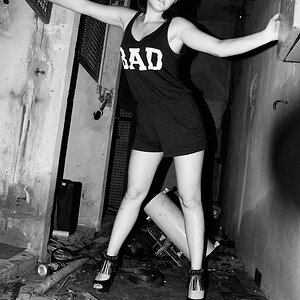Ryan Hall
TPF Noob!
- Joined
- Jan 4, 2009
- Messages
- 34
- Reaction score
- 0
- Can others edit my Photos
- Photos OK to edit
Do lenses with smaller zoom range generally produce higher quality images than lenses with larger zoom range? I am aware that primes tend to produce higher quality images than zooms altogether, so does this trend also apply to zoom lenses?









